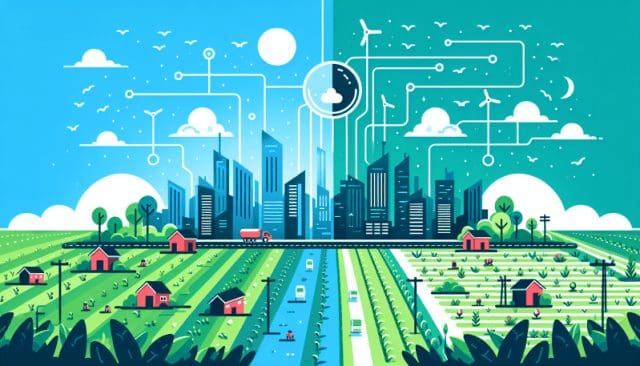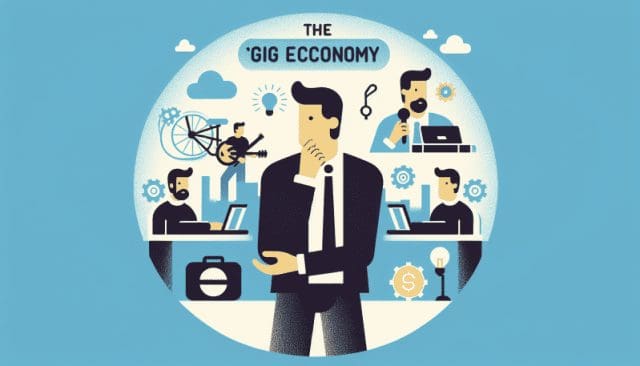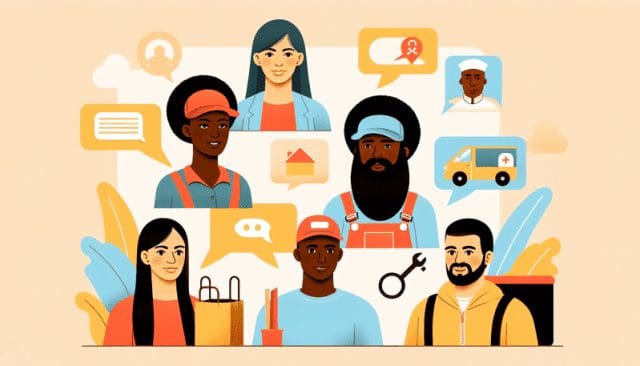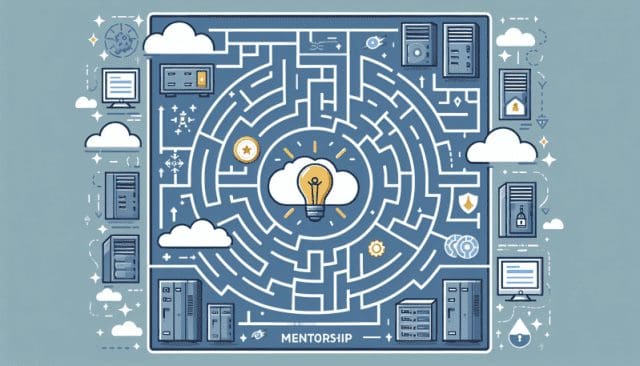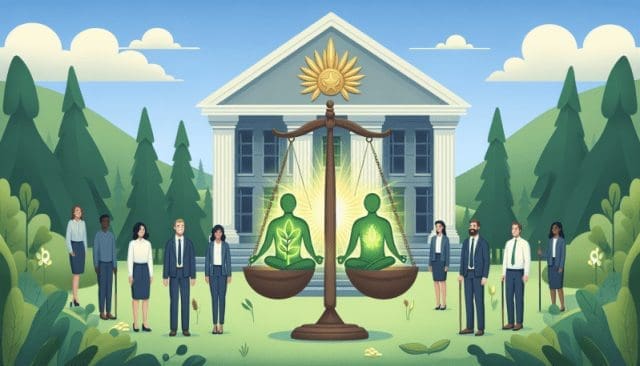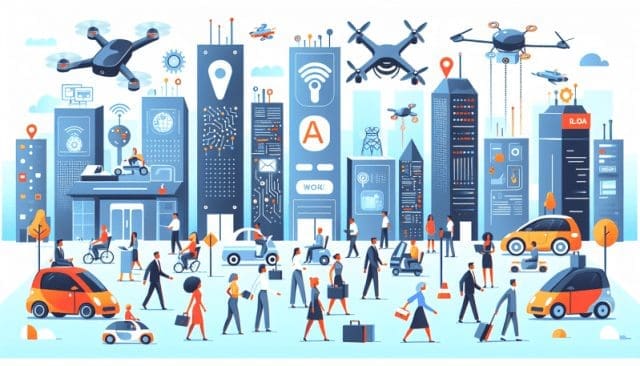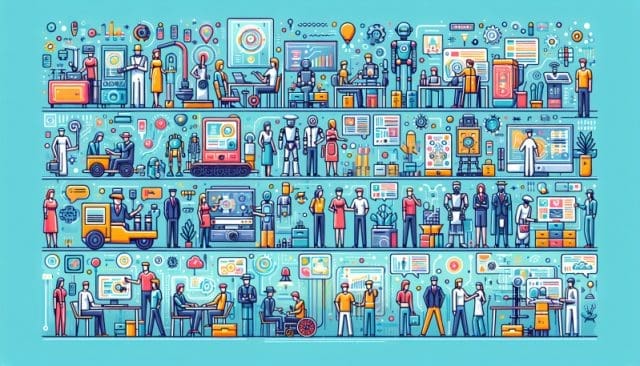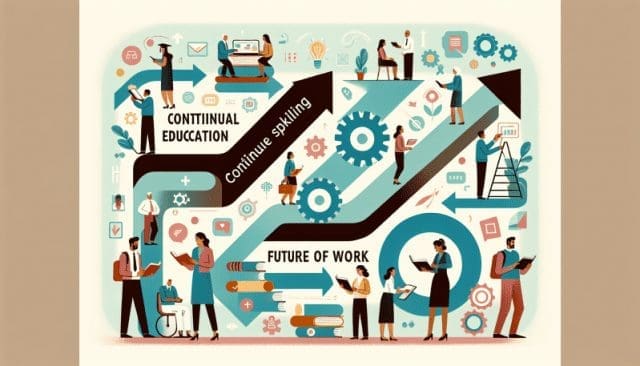Digital Harvest: Can Technology Close the Urban-Rural Prosperity Gap?
In the shimmering glow of urban skylines, the promise of technology unfurls like a digital tapestry, weaving together threads of innovation, convenience, and rapid economic growth. Yet beyond the metropolitan bustle, where the city lights taper into the sprawling expanse of the countryside, a different reality persists. Here, in the rural heartlands, the burgeoning digital age seems like a distant echo, faintly stirring hopes of prosperity amid the stark reality of a widening urban-rural divide.
As a Cultural Analyst for The Work Times, I stand on the precipice of this digital chasm to examine a pivotal question: Can technology truly close the gap between the urban centers of wealth and the rural areas often left behind?
Technology as the Great Equalizer: Myth or Reality?
To unravel this enigma, we must first acknowledge the narrative that positions technology as a modern-day panacea, capable of leveling playing fields and democratizing opportunity. But is this narrative rooted in tangible outcomes, or is it merely an idealistic mirage?
Consider the internet, which has revolutionized our way of life. High-speed connectivity is the lifeblood of the modern economy, yet many rural regions remain cut off from this digital lifeline. Without the internet, rural businesses cannot compete in the e-commerce arena, students face disparities in online education, and communities lack access to telemedicine – an increasingly vital healthcare resource.
Bridging this connectivity chasm is the first step towards reaping the digital harvest. Initiatives like expanded broadband infrastructure can germinate seeds of rural revival, transforming isolated areas into fertile grounds for innovation and growth.
Innovation in AgriTech: Sowing Seeds of Change
Agricultural technology is sprouting solutions that could redefine rural economies. Precision farming, powered by drones and AI, optimizes crop yields and reduces waste. Farm management software enables smarter resource allocation. These technological tools not only improve farming practices but could also entice tech-savvy youths back to rural roots, reversing the brain drain that plagues these areas.
However, the true test lies in the accessibility and affordability of these innovations. Without the right policies and support structures, the fruits of AgriTech may remain out of reach for smallholder farmers, accentuating rather than alleviating economic disparities.
The Virtual Classroom: Education Without Boundaries
Online education is touted as a great equalizer, breaking down geographical barriers and bringing world-class learning to all corners of the globe. However, without reliable internet access, rural students face a digital blockade that stifles their educational progress. Bridging this divide requires not only infrastructure but also initiatives to equip both students and educators with the skills to navigate the digital landscape.
Moreover, as the job market becomes increasingly technology-centric, revamping rural education to include digital literacy and tech-focused subjects is imperative for future-proofing the workforce.
Telemedicine: The Antidote to Rural Healthcare Deserts
Telemedicine promises to bring specialist care to remote regions, bypassing the need for long commutes to urban hospitals. This could significantly improve quality of life and health outcomes in rural areas. The caveat? Again, it hinges on the availability of high-speed internet and on overcoming hesitancy rooted in unfamiliarity with technology.
The Digital Divide as a Roadblock
Despite the potential of these technological advancements, the digital divide – the gulf between those who have ready access to computers and the internet, and those who do not – threatens to undermine progress. Policies that promote digital inclusion are paramount in ensuring that the waves of tech innovation lift all boats, not just the yachts anchored in Silicon Valley harbors.
The worry is that without targeted efforts, technology will inadvertently exacerbate inequalities. Job automation is a double-edged sword, one that could slice through rural employment sectors more vulnerable to disruption.
The Future Is Not Set in Stone
The landscape of rural prosperity in the digital age is not preordained. It can be sculpted by deliberate action, investment in infrastructure, and the cultivation of an inclusive technology ecosystem that fosters not just growth, but equitable growth.
Through interviews with experts, analysis of case studies, and the examination of current trends, this ‘Digital Harvest’ blog aims to unearth the nuanced layers of this complex issue. Our readers – you, the informed individuals with a stake in the societal fabric – are invited to join in this critical dialogue. Together, let us ponder whether technology will serve as the great equalizer or merely deepen the furrows of division in the fields of our future.
In essence, the digital age holds immense potential to sow seeds of prosperity across rural landscapes. But it will take more than just technological advancements; it will require a collective commitment to ensuring that when these seeds take root, they do so in a soil rich with opportunity for all.
















